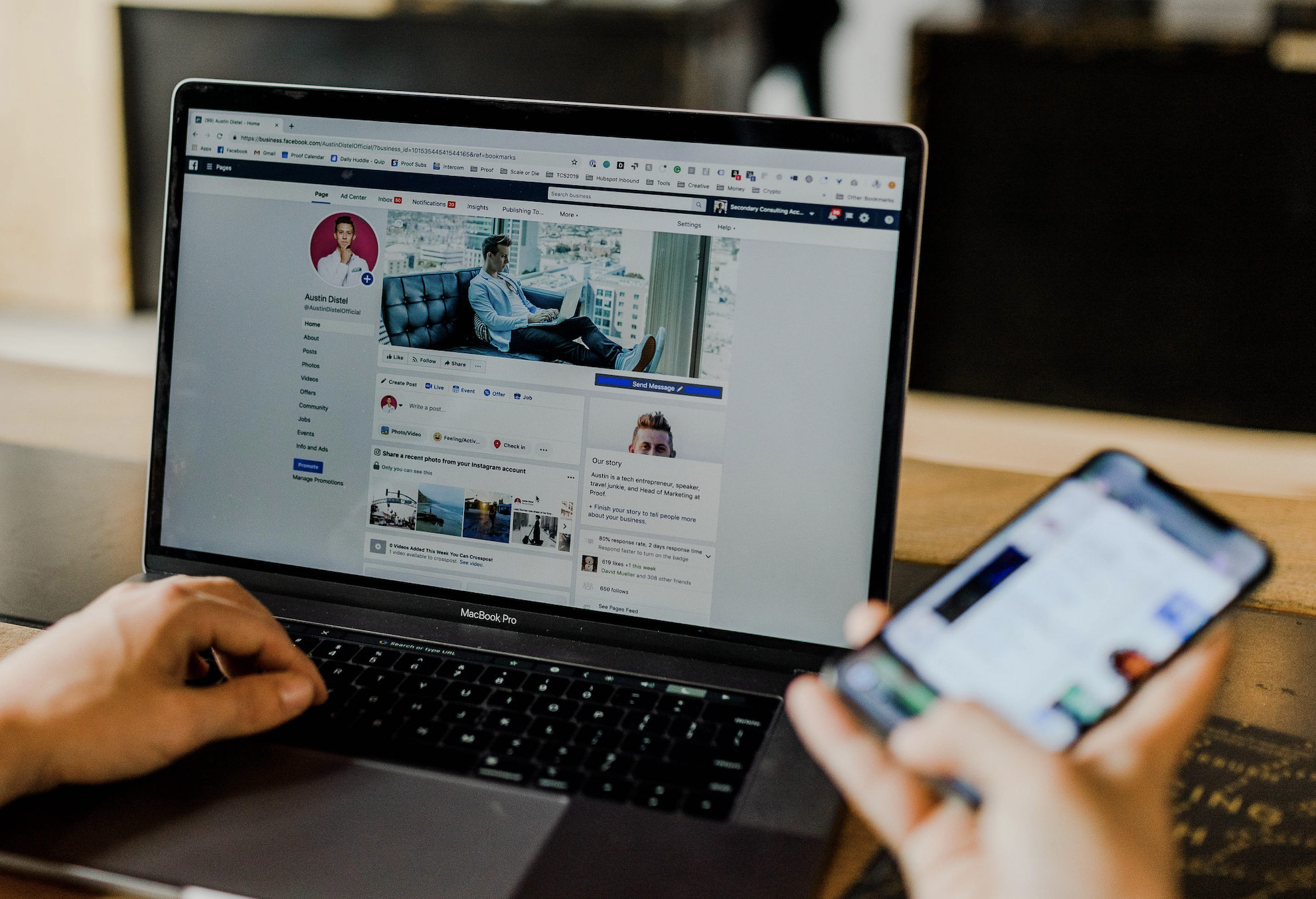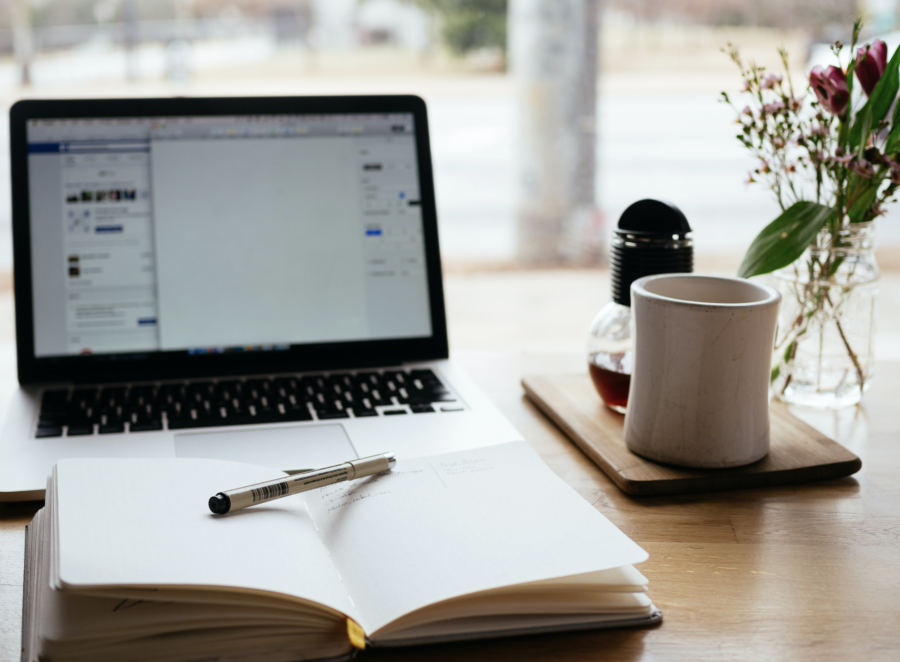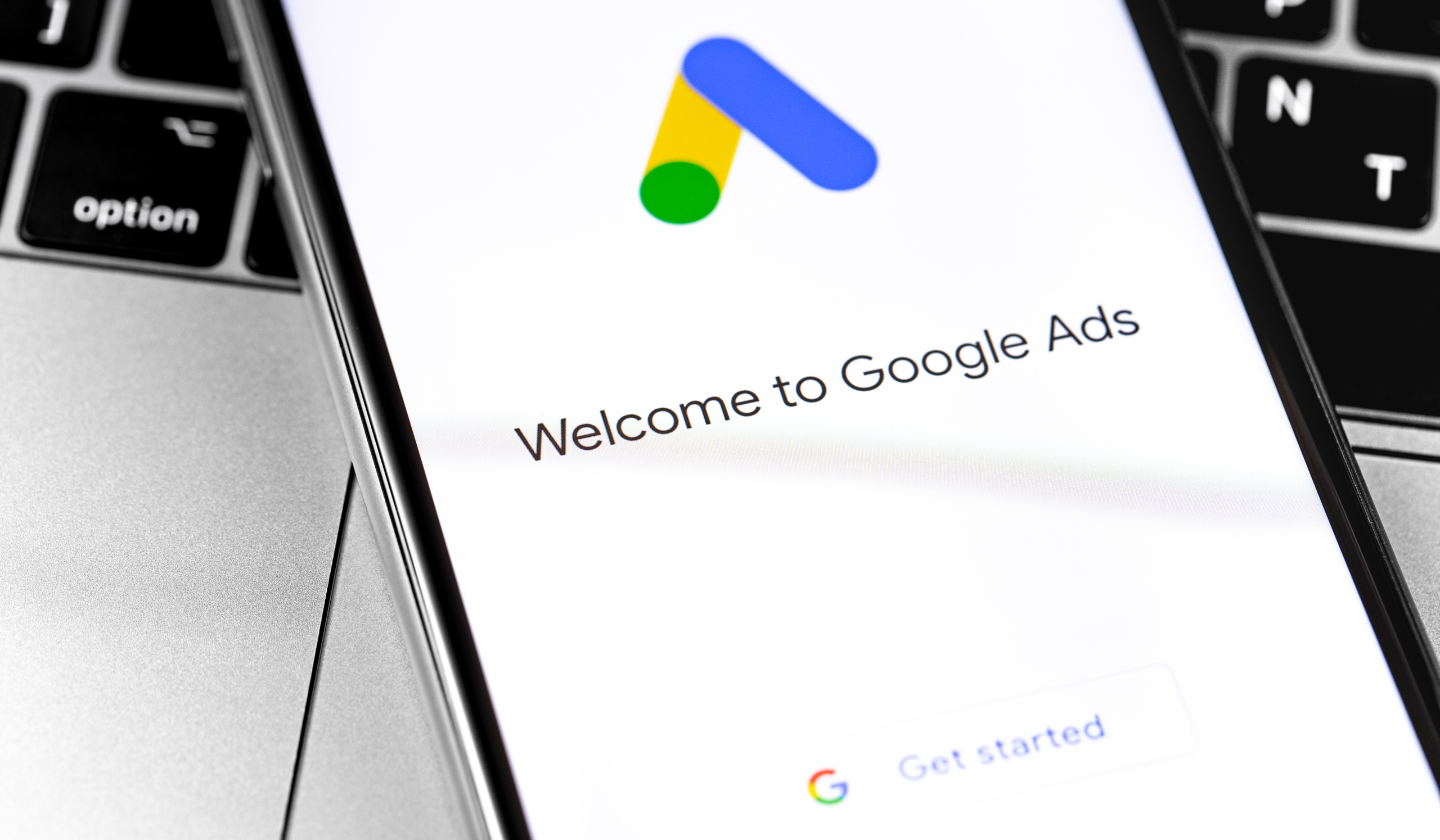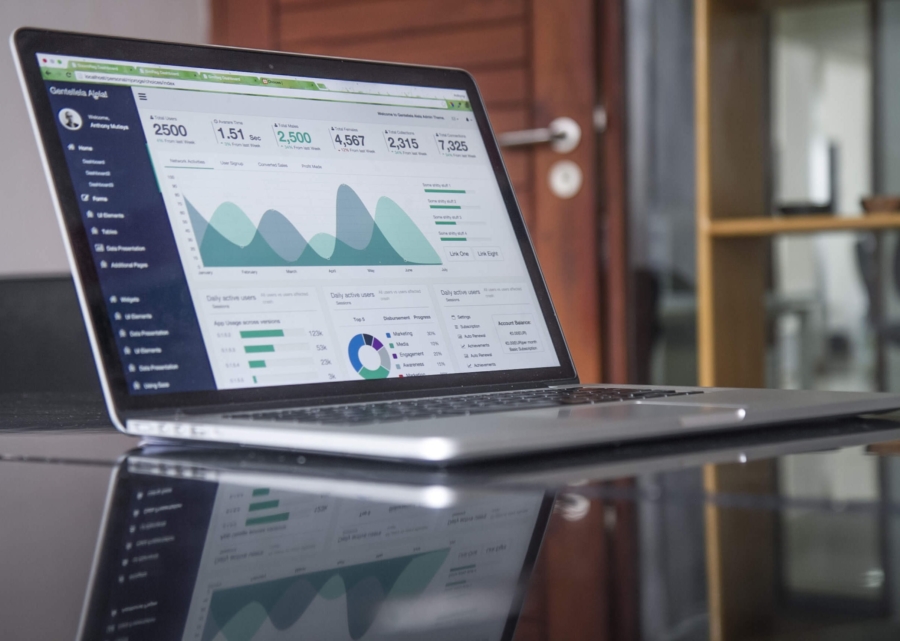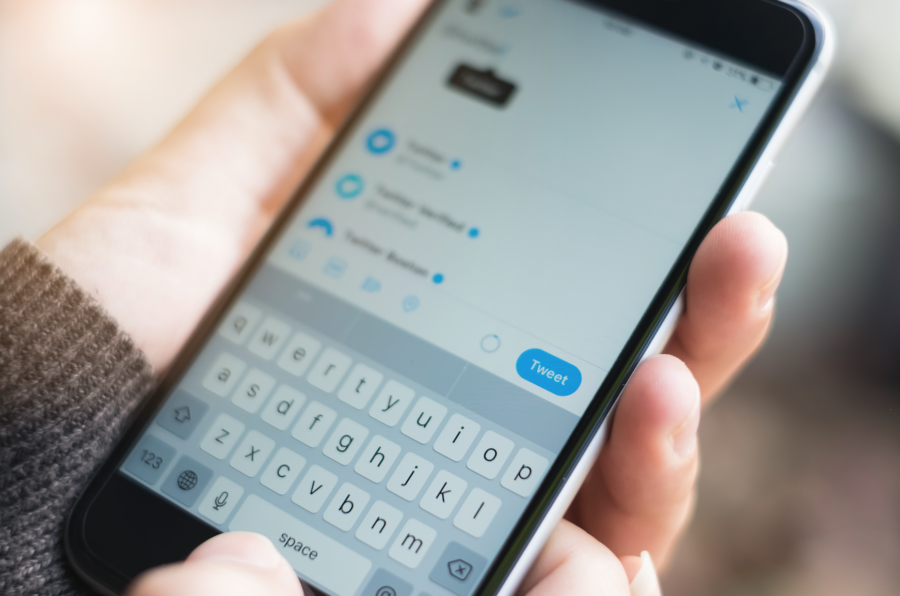The value of social media for businesses continues to grow, especially in light of COVID-19 pandemic. Social media allows for businesses to maintain connections with existing customers and extend their reach to new audiences. With over 2
- Home
- Digital Marketing
There are over 7 million active advertisers on Facebook, according to Statista. With this impressive number, you may be thinking that increasing your Facebook and Instagram ads budget is the only way to outperform your competition. The
High quality content is the one of the keys to success when it comes to internet presence. Creating high-quality content can strengthen your business’ branding and spark conversions, but not if your audience is never exposed to
When choosing content topics, most digital marketers try to write about things they believe is relevant to their audience. While relevance is important, alone it’s not enough. Furthermore, some seemingly relevant content topics may not be a
[av_textblock size='' av-medium-font-size='' av-small-font-size='' av-mini-font-size='' font_color='' color='' id='' custom_class='' av_uid='av-kbaw5hl9' admin_preview_bg=''] Companies and CEOs around the country are denouncing racism and violence in the wake of the killing of George Floyd in Minneapolis. Since May 25th, the
Tracking key metrics is crucial for any successful marketing campaign. There are countless KPI’s you could be tracking, but not all are essential. While it does vary from campaign to campaign, we’ve narrowed it down to 7
Promoting your brand through social media has become vital for overall business success. But just being on social channels isn’t enough anymore. The key to real success is through user engagement. This can help increase your brand
With the world searching more and more online during the COVID-19 crisis, it's important your brand and social image is professional and polished. Using images which aren't the correct size for each platform's requirements can impact your
YouTube just recently launched their new premium advertising program, YouTube Select. “Helping you connect with your audience is our top priority. This is especially important as digital takes precedence in how we interact, communicate and stay connected.”

